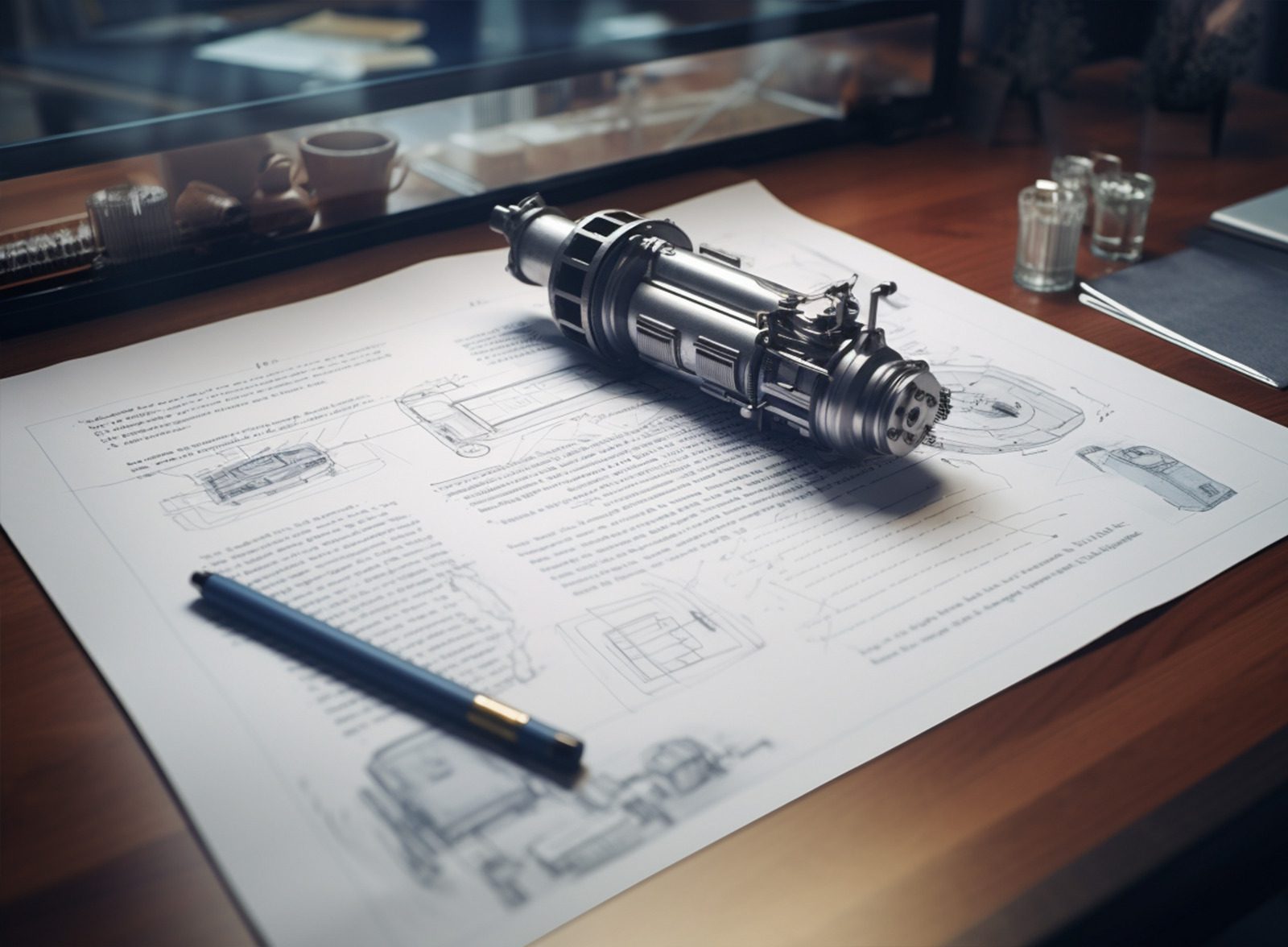The claim is arguably the most important part of a patent application. It is where all the core details about the patent object are described. Therefore, making your claims correct yet comprehensible is crucial your application. To assist you in this matter, we have broken down a summary of what you should know before formulating a claim for your patent application based on common norms patent registration.
Definition
A patent claim, as defined by the Indonesian Directorate General of Intellectual Property (DGIP), is the section of patent application that details the invention that is requested to be subjected by legal protection and must be supported by descriptions. Indonesian Patent Law (Law No. 13 Year 2016), did not have strict definitions for claims, however, Article 25 stipulates that claims must disclose clearly and consistently the field of technical (that is relevant) to the Invention and must be supported by descriptions. From these two authorities we can gather that accuracy and precision is absolutely important in drafting patent claims for the sake of your inventions’ protection. Basically, a patent claim needs to:
- Clearly and sufficiently disclose what the inventor claims to be their invention
- Identify the limits of what is protected by patent
- Detail the written form of an inventor’s abstract concept
- Defines the scope of what is patented
Moreover, it’s important to note that a claim needs to be supported by a description, according to Indonesian Patent Law, must clearly and completely describe how an Invention may be implemented by a person skilled in the art.
Format
The structure of a claim should be comprised of:
- Preamble
The opening phrase that categorizes the invention. It should be consistent with the title of the invention and could even describe the function of the invention. For example:
“A tool…”
“A composition…”
“A process to make tea”
If the preamble mentions the function of the invention, it’s important to note limit the scope of the invention unintentionally.
- Transition phrase
What connects the preamble and the body of a claim. It can either be open, such as “consisting of”, “includes”, “involves” or it can be closed, such as “only consisting of”
Open transition phrases disclose that an invention has certain specific features without limiting the existence of other features. In contrast, closed transition phrases
- Body
The body of the claims consists of the limits of claims and the relevant elements, as well as descriptions on how the different elements interact with one another. For example:
“A tool to clean, consisting of a brush and a handle”
Claim sets
- Independent claim
The broadest form of claim that stands alone and does not need a limitation form from another claim in order to be complete.
- Dependent claim
Claims that depend on other claims and must not extend the scope of protection of the invention as defined in the independent claims.
Conclusion
Patent claims are essential to comprehensively describe your invention, so that it will receive sufficient legal protection, therefore you must make sure that your claims are accurate and precise. Note that there are more things that you need to know about patent claims that are not included in this summary. Should you have any questions about this or any concerns relating to patent drafting, consult to us via ambadar@ambadar.co.id. We will give the best services according to your needs.
Sources:
Law No. 13 Year 2016 on Patents
wipo.int






